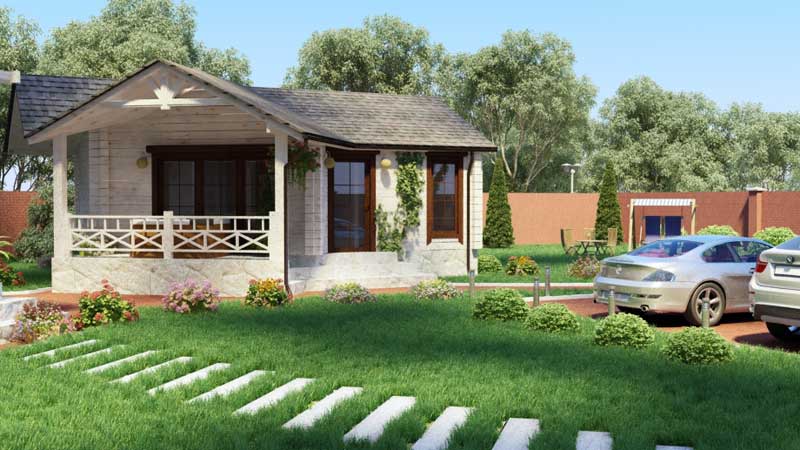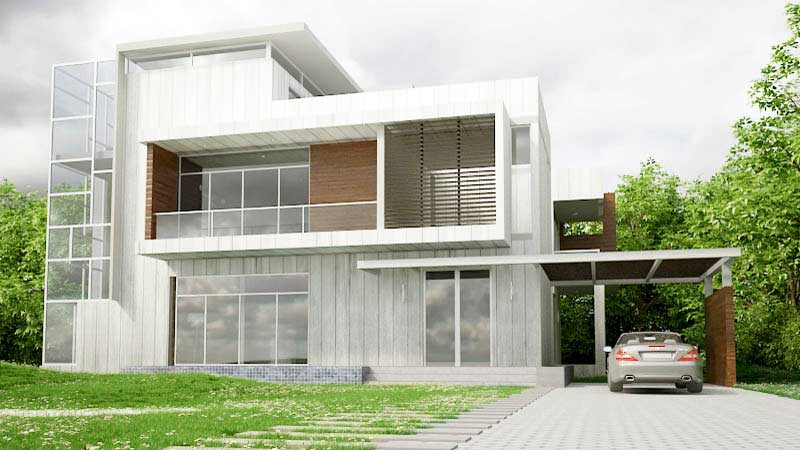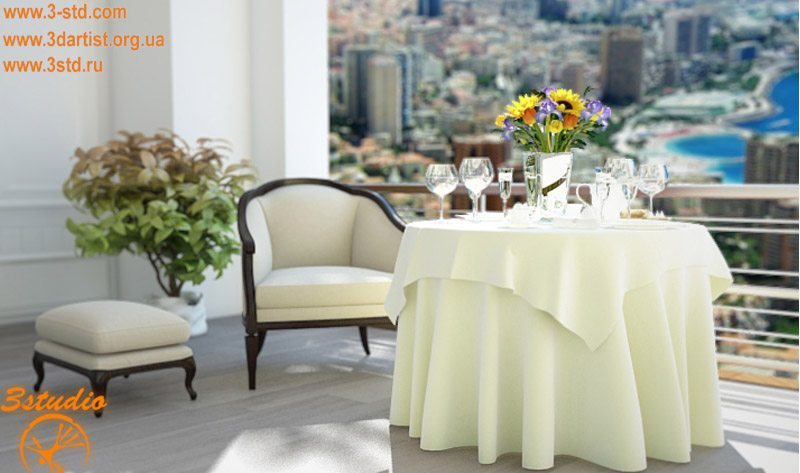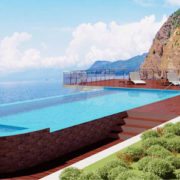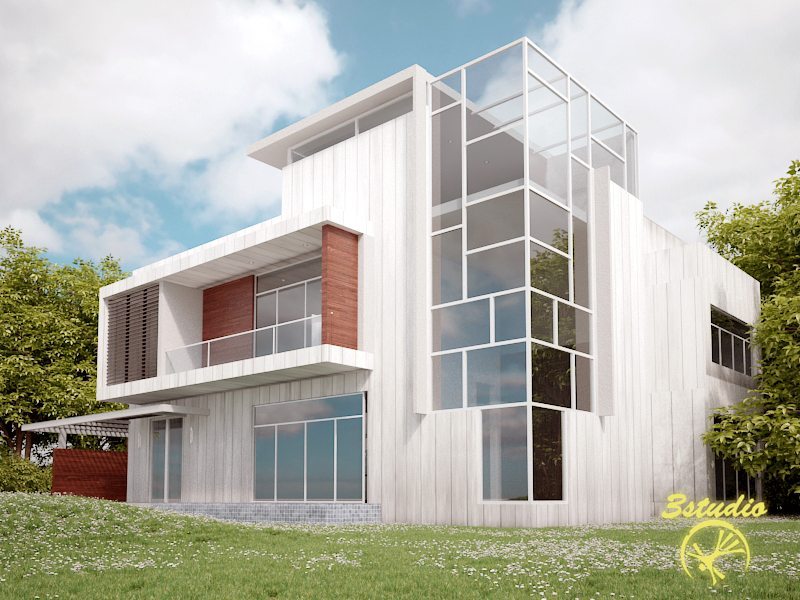Architectural concepts with the help of 3D graphic design
Architectural concepts can be effectively visualized and communicated with the help of 3D graphic design. This approach leverages computer-aided design (CAD) software to create three-dimensional representations of buildings and environments, which can be used throughout the design and planning process. Here’s how 3D graphic design can bring architectural concepts to life:
1. **Conceptual Visualization**:
– Architects can use 3D models to explore different design concepts and aesthetic options for a project.
– Software like SketchUp, Blender, or Rhino are often used to quickly construct and modify 3D conceptual models.
2. **Design Development**:
– As designs become more refined, more detailed models are created.
– Programs like Autodesk Revit and ArchiCAD are used for developing detailed designs that include structural elements, materials, and technical specifications.
3. **Photorealistic Rendering**:
– 3D models can be given textures, lighting, and atmospheric effects to create photorealistic images.
– This helps clients and stakeholders to visualize the final outcome in a way that 2D drawings cannot.
– Software such as 3ds Max, Lumion, or V-Ray can produce high-quality renderings.
4. **Virtual Reality (VR) and Augmented Reality (AR)**:
– VR and AR technologies allow users to immerse themselves in the 3D architectural environment.
– This can be especially useful for experiencing the scale, depth, and spatial relationships within a design.
5. **Animations and Walkthroughs**:
– 3D models can be animated to create video walkthroughs of a project.
– These animations can show how a space will function with people moving through it and how light changes throughout the day.
6. **Interactive Presentations**:
– Interactive 3D applications allow users to navigate a virtual environment on their own, altering viewpoints and even time of day.
– This can be helpful for engaging stakeholders in the design process, making them an active part of decision-making.
7. **Exploded Views and 3D Diagramming**:
– 3D graphic design can be used to create exploded views to illustrate how various components of a structure come together.
– This is useful for explaining complex construction or design details.
8. **Landscape and Urban Planning**:
– Larger-scale projects, such as neighborhood plans, parks, and public spaces, can also be modeled in 3D.
– These models show how new developments fit into the existing urban fabric.
9. **Solar and Environmental Analysis**:
– Many 3D design tools have built-in features to simulate sunlight and shadow patterns across different times and seasons.
– This helps in making informed decisions regarding sustainable design and energy efficiency.
10. **Clash Detection and Conflict Resolution**:
– In the case of complex projects involving various disciplines like architecture, engineering, and construction, 3D models can be used to detect clashes between different systems (e.g., HVAC, electrical, plumbing).
11. **Building Information Modeling (BIM)**:
– Advanced 3D modeling techniques include BIM, which goes beyond visualization to embed relevant data into the model, such as material specifications, cost estimates, and maintenance requirements.
By employing these varied methods, 3D graphic design allows architects to convey their concepts more clearly, resolve design issues before construction, and foster a cohesive understanding among all parties involved in a project.
It is very difficult to localize correctly a product or service in the modern advertising world so that a client will notice them and make a choice to your credit. In this case, a professionally done 3D graphical design will allow the use of a maximum of feasible visualization tools, which can create a harmonious and effectively presentable picture for a customer. Sometimes it is necessary to use computer design for the target audience formation of the product’s image.
The «graphical design» concept involves artistically specified processes for various visual object creation in a special problem-solving environment, but different options of modern computer technologies open the wider scope of activities.
Every creative process that is connected with product design begins from essential model reproduction, whose physical properties can be altered by using diverse composition techniques and facilities as effects of light and shade, color depth, texture, and constitutive laws of air, line, and work of visual perspectives. It gives the balance of advantage to three-dimensional computer graphics on raster scan and vector art.
Each image or object created this way is placed into the indoor scene or future natural environment where they are free to move in this virtual space on planned trajectories. Utilization of 3D house or project rendering powerful tools provides an opportunity to scrutinize the object at any angle of sight and modify conditions by means of transmitter-specific commands.
We can exploit an opportunity for 3D graphic design during advertising clip creation, product wrapping, websites, logotypes, and general corporate style of companies’ development. Most companies provide corresponding services geared to leading American technologies and the ways of efficient use of software capabilities.
- How to add perspective to architectural projects with digital 3D rendering help - December 24, 2023
- 3D Architectural Walkthrough Animation Services New York - April 24, 2019
- 3D Rendering Services in San Francisco, California - March 12, 2019


